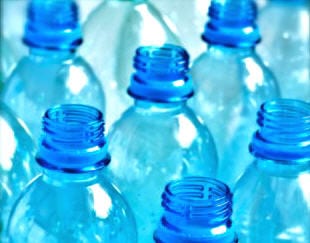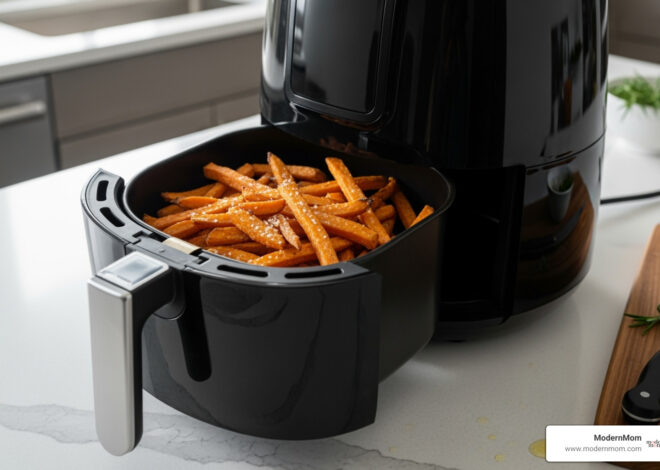Plastics are a ubiquitous element of our daily lives. Let’s face it, they’re everywhere – holding the food we eat and the water we drink, constructing the toys our kids play with, the bottles they nurse from, and the sippy cups they graduate to. Plastics house the computers we work on and the remotes that control our entertainment systems. They make up the interiors of the cars we drive. They’re cheap, versatile, and convenient. What’s not to love? Plenty. Plastic are taking a serious toll on our health and environment. Plastics are made with petroleum, a nonrenewable resource with a host of human and ecological concerns at every stage of its lifecycle, from extraction, through processing and use, to disposal in landfills and by way of incineration. Though seemingly über-convenient for holding food and drink, plastics have been found to leach chemicals into that food and drink. Let’s face it, using plastic is up there with death and taxes in inevitability. But that doesn’t mean we have to sit back and take what’s being fed to us on a polyethylene spork (that strange hybrid spoon-fork utensil). There are simple skills you can learn to help you pick plastic products more wisely.
1. DON’T MIX HOT FOODS AND PLASTIC
Putting hot stuff in plastic containers is never a good idea. The chemicals and additives in plastic, which are not especially stable, are released when plastic is heated and can leach into food and drink. Fatty foods and plastic are the worst combination of all because the chemicals in plastic are more soluble in fat, so they leach greater amounts of those chemicals into fatty foods.
2. USE LESS PLASTIC CLING WRAP
Plastic wrap is a mainstay in kitchen everywhere, though its clingy convenience comes at quite a cost. Most plastic wraps are made with the worst kind of plastics (PVC and its cousins), which are laden with softening chemicals like phthalates and plasticizers that are believed to readily migrate into foods. Please, for your sake, never put plastic wrap in the microwave – try covering food with a glass or ceramic lid or plate, unbleached wax, parchment paper or a paper towel instead. Reusable glass containers with lids and unbleached parchment paper are great, greener alternatives for storing food.
3. TOSS OUT OLD, SCRATCHED PLASTIC CONTAINERS.
Plastic containers that are scratched and cracked leach more unwanted chemicals into food and drinks than new containers do, Any plastic that is worse for the wear should not be used for foods. As plastic containers wear out, replace them with glass containers with lids for long-lasting, safer food storage. Unfortunately, many plastic containers can’t be recycled, but they can be repurposed for organizing stuff in drawers, closets, and offices or used as gardening tools.
4. GO FOR GLASS CONTAINERS.
For food storage, glass containers are the safest, greenest, most long-lasting way to go. They come in all shapes and sizes, and with tight-fitting lids for all of the convenience and non of the concern. An eco-bonus is that glass containers can last for decades, and even if they suffer an untimely demise, they can be recycled with the glass bottles.
5. RETHINK PLASTIC WATER BOTTLES
Plastic water bottles are the bane of eco-green living, and they’re pretty impossible to avoid. The reality is that we require fluids to live and we need something to carry it them in. Plastic bottles have been the standard up until recently, but glass and stainless steel water bottles are great, green options that will let you avoid ingesting the chemicals that migrate from plastic and contributing to the 30 million plastic water bottles disposed of every day in the U.S.
About the Author
Renée Loux has been a trendsetter and eco-barometer in the burgeoning environmental movement for over a decade. Dubbed the “Queen of Green” and often called a Green Guru, Loux is an author, eco-consultant, TV personality, chef, restaurateur, and columnist for Women’s Health Magazine. She is a contributing author and the face The Whole Green Catalog (Rodale 2009), authored the definitive guide to green lifestyle, Easy Green Living (Rodale 2008), and Gourmand Award-winning The Balanced Plate (Rodale 2006), and Living Cuisine (Penguin-Avery 2004). She also hosts Fine Living channel’s It’s Easy Being Green. Visit her at www.reneeloux.com.





